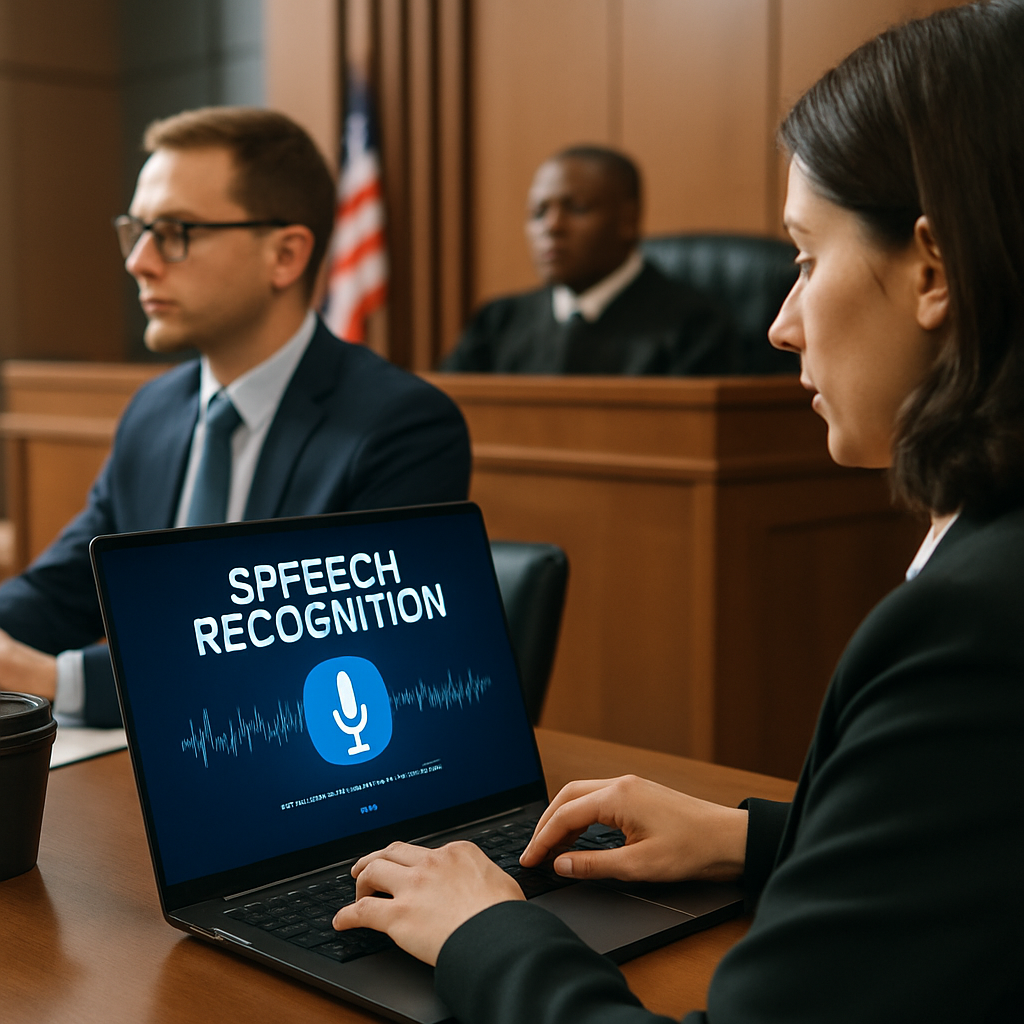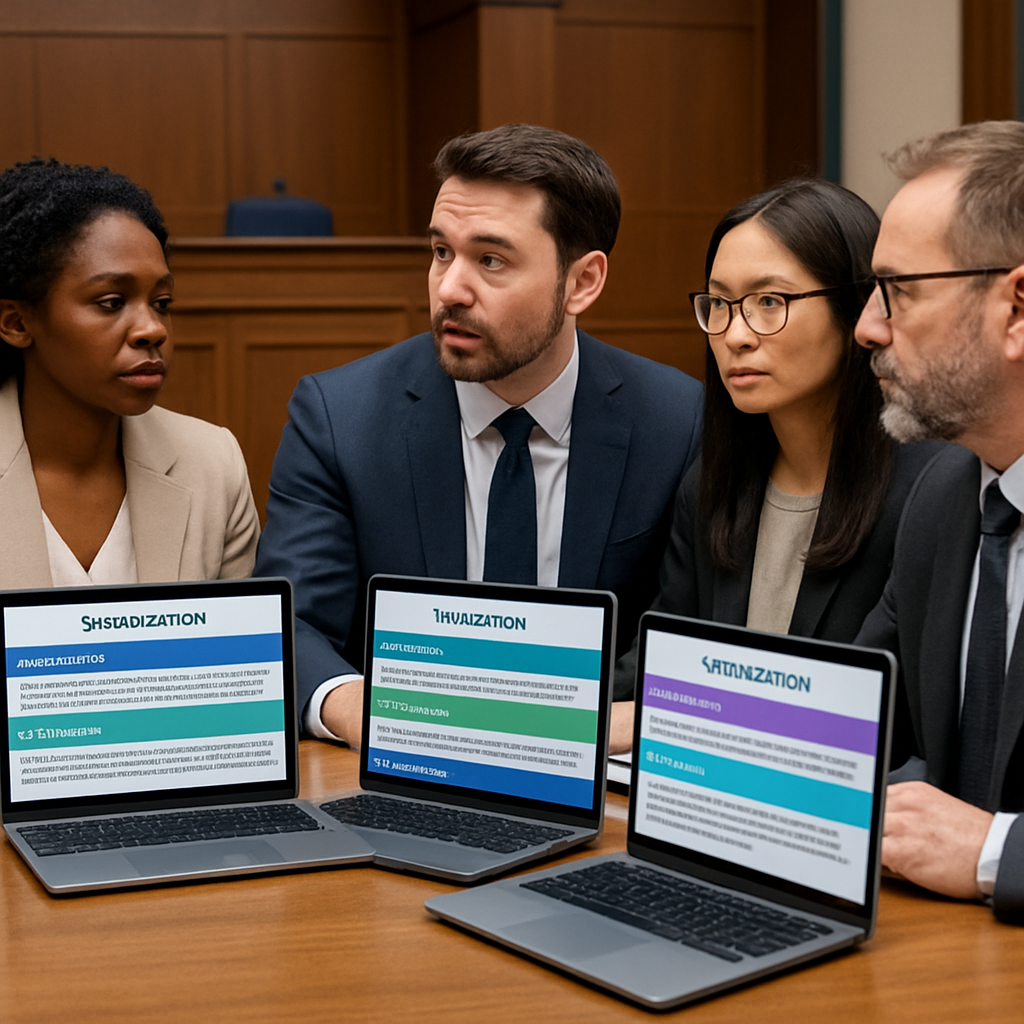
Understanding Speech Recognition in Transcription Services
In the fast-evolving world of Speech-to-Text Tech, the integration of speech recognition technology has revolutionized how transcription services operate. For professionals in diverse fields like law, healthcare, research, media, and business, understanding how speech recognition works is key to leveraging accurate, efficient, and compliant transcription solutions.
How Does Speech Recognition Work?
Speech recognition, also known as automatic speech recognition (ASR), is the process by which a computer or application identifies and comprehends spoken language. It involves complex algorithms and machine learning models to analyze audio input, convert it into text, and enhance transcription accuracy.
- Speech Signal Processing: The initial step involves capturing and digitizing the audio input to extract relevant features like pitch, intensity, and duration.
- Acoustic Modeling: This phase employs statistical models to interpret sound patterns and recognize phonemes to form words.
- Language Modeling: By analyzing the sequence of words and their probabilities, the system predicts the most likely words or phrases.
- Decoding: The final stage aligns the audio input with recognized words, correcting errors and improving text output.
Benefits of Speech Recognition in Transcription
Speech recognition technology brings a multitude of advantages to transcription services:
- Accuracy: By reducing human errors and misinterpretations, speech recognition enhances transcription precision.
- Efficiency: Automating the transcription process saves time and boosts productivity for professionals.
- Compliance: Industries requiring stringent data security and privacy measures benefit from compliant transcription solutions.
Real-World Applications of Speech Recognition
Professionals across various sectors rely on speech recognition for diverse applications:
- Legal Industry: Lawyers utilize speech recognition for transcribing depositions, court proceedings, and legal documents accurately.
- Healthcare Sector: Doctors leverage speech recognition for dictating patient notes, diagnoses, and medical records efficiently.
- Media Production: Media producers employ speech recognition for transcribing interviews, podcasts, and video content swiftly.
- Corporate Management: Executives benefit from speech recognition for documenting meetings, reports, and presentations effectively.
FAQs on Speech Recognition and Transcription
- Q: How accurate is speech recognition technology?
A: Speech recognition accuracy varies based on factors like audio quality, accent diversity, and training of the AI model. - Q: Can speech recognition software transcribe multiple speakers?
A: Advanced speech recognition systems can differentiate speakers but may face challenges with overlapping speech. - Q: Is speech recognition suitable for confidential information?
A: Secure speech recognition solutions offer encryption and compliance features to safeguard sensitive data. - Q: How does speech recognition improve transcription efficiency?
A: By automating the conversion of speech to text, transcriptionists can focus on editing and refining the output, saving time. - Q: What are the key considerations when choosing a speech recognition tool for transcription?
A: Factors like accuracy rates, language support, customization options, and integration capabilities are vital in selecting the right speech recognition software.
Conclusion
Mastering the workings of speech recognition technology is pivotal for professionals seeking streamlined, precise, and compliant transcription services. By harnessing the power of speech recognition, individuals in various industries can elevate their productivity, accuracy, and data security standards.
Explore the transformative capabilities of speech recognition in transcription and unlock a new realm of efficiency and innovation in your daily workflow.


